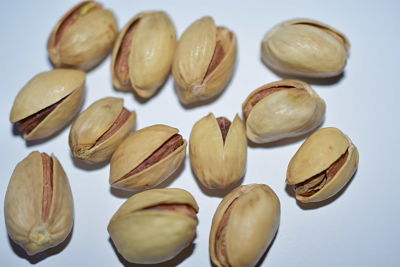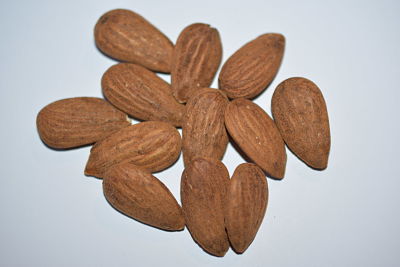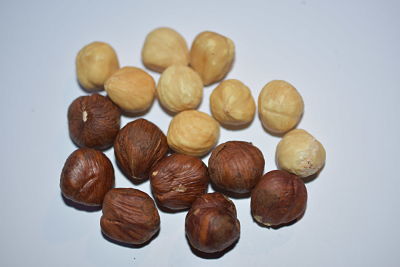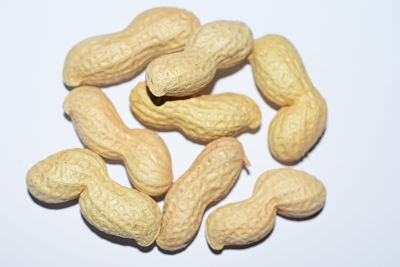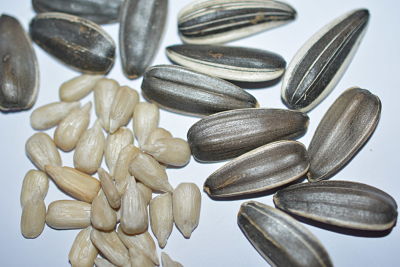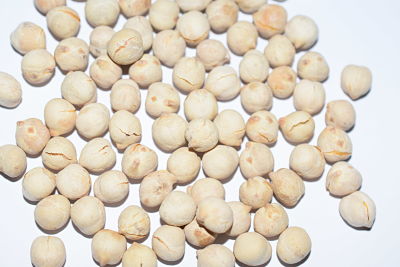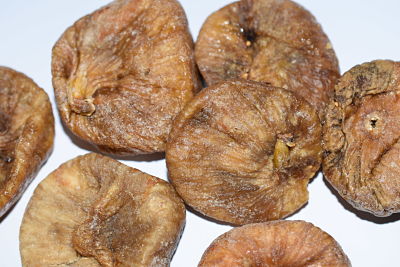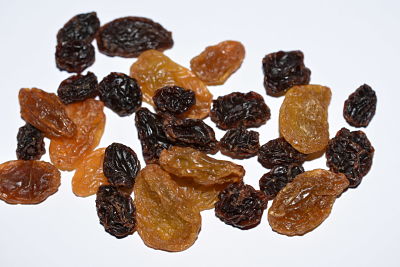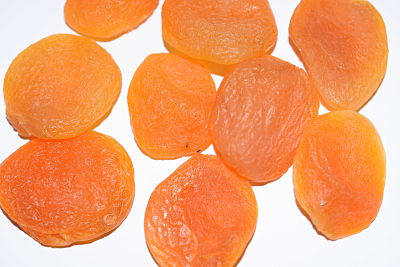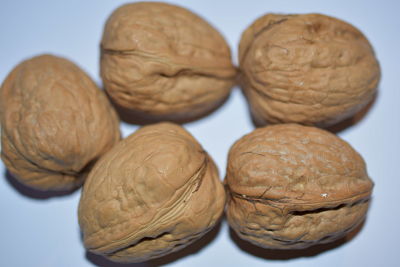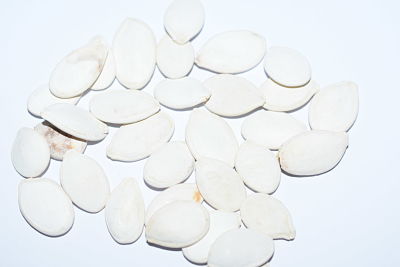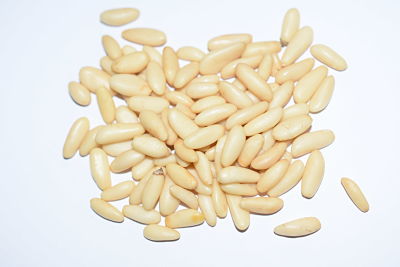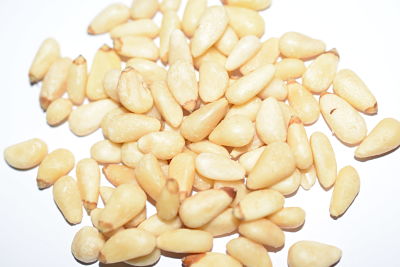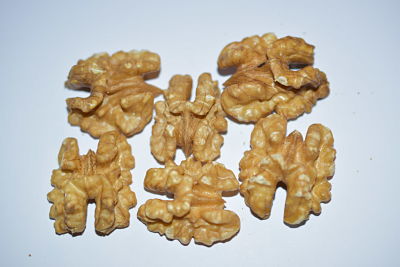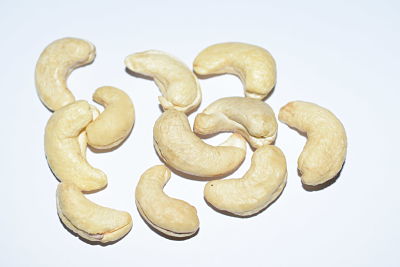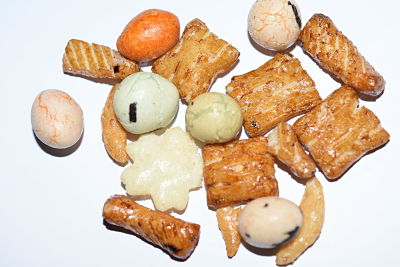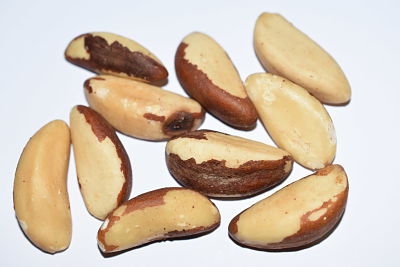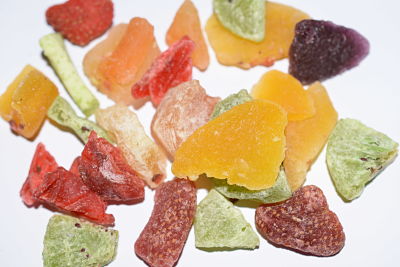DEHYDRATED FRUITS
El secado de frutos a través de la historia es una de las técnicas más utilizadas para la conservación de los alimentos.
Tenemos referentes del secado de pasas en la época fenicia los frutos se se secaban al sol proceso que empleaban también para la conservación de , carnes y pescados, para conseguir una posibilidad de subsistencia en épocas de escasez de alimentos,
Esta técnica de conservación trata de preservar la calidad de los alimentos bajando la actividad de agua mediante la disminución del contenido de humedad, evitando así el deterioro y contaminación microbiológica de los mismos durante el almacenamiento.
Para ello se pueden utilizar varios métodos de deshidratación , tales como secado solar, aire caliente, atomizador , Por Bajas temperaturas etc. ..



